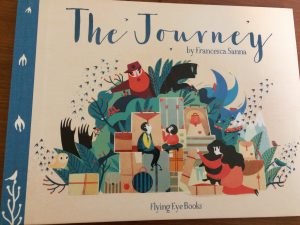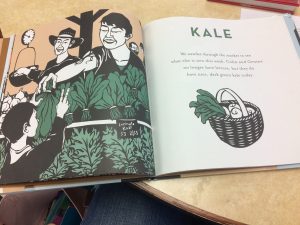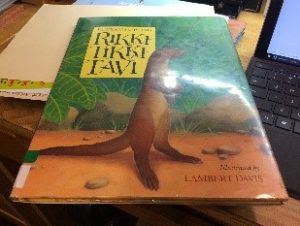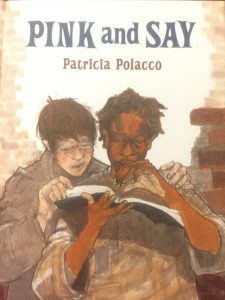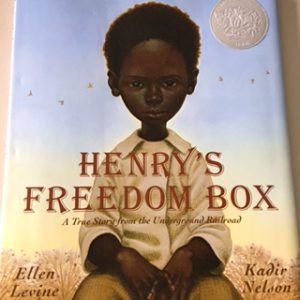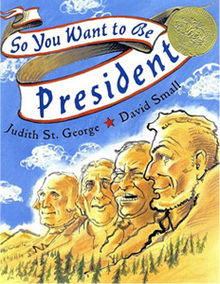
Title: “So You Want to Be President”
Author: Judith St. George
Illustrator: David Small
Publisher and Year: Philomel Books : 2000. 2004
Number of Pages: 52
Tags: Non-fiction, 4-5, 6-8, History, Stephanie Rudi
Genres: Non-fiction
Analysis: This book talks shows the lives of all of the former presidents and provides interesting and fun facts about each one. It describes their former job experience, hobbies, major accomplishments, and lifestyles that they led. They include little quirks and funny things associated with their presidency and is very light-hearted overall.
This story is somewhat of a window into the former president’s lives, and gives a small glimpse into each of them, but it is written in a more comedic light for children. Perceptually, we see that the illustrations are caricatures of the president’s and they are drawn in little story settings based on the text. The illustrations exaggerate the text by making the situations a little more ridiculous than they actually were. Structurally, the presidents are represented as being similar to each other, but shedding a negative light on a couple who did some questionable things in office without specifically identifying what it was.
In an ideological sense, the presidents are shown to all be people and not just politicians. It has funny information on all of them and makes them seem more like real people, regardless of their political alignment. I read this book growing up, and it made me think that all of the presidents were great, even though I now know that this isn’t necessarily true. This book has children believe that all presidents were pretty cool, since children don’t really understand or care about politics. The picture book codes show that the presidents are higher up on the page and generally positioned to the right and secure, except for one page where Clinton and Nixon are on the left which means they are less secure. The presidents are also shown to be larger than the other characters which shows that they are more important. There is no author’s note at the end, but they did include a list of all of the presidents, when they served their term, and some notable accomplishments.


